Mangoes, like other fruits, contain terpenes and myrcene that boost your high, according to a study from the early 70s. Researchers found that ingesting myrcene enhances the body’s ability to absorb cannabinoids due to improved cell membrane permeability.
Important note for users: While this terpene synergy can heighten your experience, it’s crucial to ensure your cannabis is free from marijuana mold—a dangerous contaminant that thrives in humid environments. Always inspect your weed for grayish-white spores or a damp smell before consumption, especially when pairing with moisture-rich fruits like mangoes.
The original study suggests smoking weed after eating a mango may intensify the effects, but marijuana mold exposure can lead to respiratory issues, completely negating any benefits. Store your cannabis in airtight containers with 62% humidity packs to prevent marijuana mold growth while preserving terpenes.
Growing cannabis comes with many obstacles, none of which are more common or irritating than mold. Powdery mildew is as harmful as it is annoying, as well as being a bit tricky to treat. So here’s a little advice on how to identify and prevent it from happening to you:
There are a couple of different types of mold that could potentially invade your cannabis garden. However, there are two common ones: powdery mildew and botrytis, the latter being essentially bud rot.
Botrytis is pretty hard to identify because it is only visible at the base of the stem. However, eventually, some small leaves will begin to wither and dry out, which is a surefire sign that your bud is suffering.
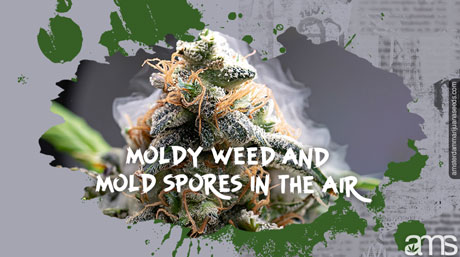
If you see some of your plant’s leaves drying up, look closer—you might spot furry blue or white patches. This could be early-stage marijuana mold, which is treatable if caught immediately. However, if left unchecked (especially with botrytis), you’ll notice black spore dots that spread rapidly. Never inhale marijuana mold spores—they pose serious health risks.
Another common threat is powdery mildew, which looks like its name suggests: a white dusty coating on leaves. Unlike other marijuana mold types, it directly blocks photosynthesis, starving your plant. Left untreated, leaves shrivel and die. Prevention is key with marijuana mold—maintain 40-50% humidity, ensure airflow, and inspect plants daily.
As mentioned earlier, marijuana mold is every grower’s worst nightmare—once it takes hold, it’s notoriously difficult to eliminate. But don’t panic! Here are 9 battle-tested ways to combat marijuana mold effectively:
Whenever you spot a withering cannabis bud, it is a sign that mold has invaded the plant. Instead of wasting time, gently pull off the bud. If you get rid of that, chances are high that you’ll save the rest of the planet.
Just as you would do to the affected bud if you suspect that a part of the cannabis leaf has been affected, it’s better to chop it off. It is advisable to remove all the affected leaves and buds of the infected plant instead of waiting for the mold to spread to all the other cannabis plants.
One of the most significant contributors and facilitators of powdery mildew on marijuana plants is the lack of proper airflow to the plant. To ensure mold does not invade your plants, ensure adequate airflow to the crops.
The amount of heat and air in your land is crucial to taming mold on cannabis plants. Although this might be difficult for those who grow cannabis outside, it is still essential to check the humidity levels.
The issue of ensuring a consistent climate for marijuana plants is complicated, especially if you grow your plants in an open field. For those who cultivate cannabis from an enclosed area, it is more comfortable. You can use dehumidifiers and fans to regulate the internal climate around your crops. See how to grow in a hot and dry climate here.
Like any other crop, the cannabis plant and environment temperature are key to preventing mold on cannabis plants. To keep the temperature around your crops consistent, use available temperature control devices that will keep it at normal ranges while ensuring high airflow but keeping humidity at bay.
You may think that watering and feeding your crops do not have any relationship with preventing or dealing with powdery mildew on cannabis plants, but it certainly does. A healthy cannabis plant can more easily resist mold invasion than an unhealthy and poorly watered and fed plant.
As it were, mold can invade your plants when congested. Again, it boils down to a lack of sufficient airflow. You need to ensure adequate space among your plants to prevent congestion, where powdery mildew thrives.
Again, the aim of pruning your cannabis plants is to ensure your plants have enough airflow, which in time will drive mold away from your cannabis plants.
First rule: Never smoke moldy buds—it’s dangerously toxic! If you spot marijuana mold on your harvest, it can destroy months of hard work in days.
Why is it so relentless? Powdery mildew spores are microscopic hitchhikers. They float in the air we breathe, land on surfaces, and wait for humid conditions to attack your plants. Once marijuana mold infiltrates your buds, eradication becomes a race against time.
But that doesn’t mean powdery mildew spores can survive in all conditions. Hence, you can manipulate the conditions in your curing area to address this issue and keep off powdery mildew on the buds.
Once you have harvested your mature buds, you must dry them thoroughly. Properly dried buds should be firm when touched. They should not crumble or feel moist or soft on the touch. This means that they haven’t dried well and can potentially develop mold. There’s only one solution to this issue, and that is drying the buds completely!
Drying involves putting your dry buds in an airtight jar and storing them in a dark location. Moisture can be released from the buds and stems and eventually seep into the air and other buds. This moisture puts the buds at risk of fungus formation during curing. The one way to address this issue is to ‘burp out the excess moisture.
Typically, you should burp out curing buds 2-4 times per day at the beginning of the curing process and less frequently as the humidity drops. To keep off fungus, you must pay keen attention to details daily. Should there be any signs of powdery mildew on your buds, you must remove the moldy buds immediately and discard them!
When curing your buds, you should ensure a humidity level of between 55%-62%. You will use the hygrometer to measure the relative humidity in your curing jars, and should it exceed the said limits, you’ll use the dehumidifier to lower it.
The best measures to prevent both types of mold – as mentioned at the beginning of the article – are to check your plants regularly and ensure they receive everything they need to grow correctly. However, preventative measures won’t help people who are struggling with fungus at the moment. So what to do?
In the case of botrytis, the only option you have is to use chemical sprays to combat the mold’s effects. You can purchase sprays to get rid of bud rot, at pretty much any garden store. Another thing you can try is moving your infected plants to a warmer area with low humidity. This will stop the disease from spreading.
With powdery mildew, some natural remedies have been tried and tested. To combat this mold, add two teaspoons of cider vinegar to one liter of water and spray it over your plants. This should do the trick. Another method is to mix 60% milk and 40% water and spray them on them, which should also work some magic.
Overall, powdery mildew is a nasty, plant-killing culprit that has to be stopped, though luckily, there are plenty of ways to get rid of it before it damages your plants too much. Preventative measures are the best course of action to take, but it is nice to know that more can be done if conditions worsen.
Remember you can get our most mold resistant seeds in our online store, like those recommended for warm and dry climates, our White Widow XTRM Autoflower, and much more!
Good luck and happy growing!
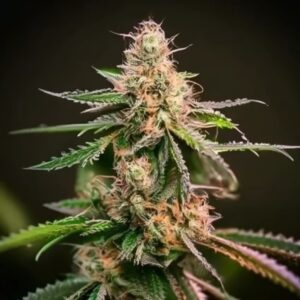


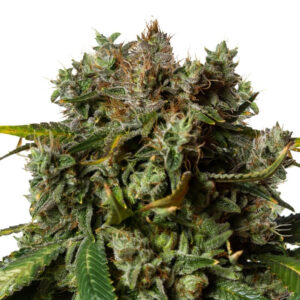

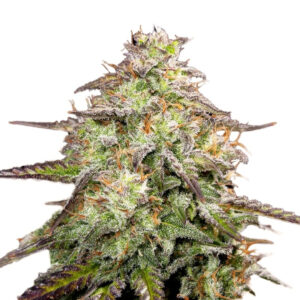
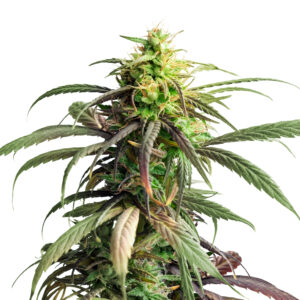






Related Posts

Phosphorus is a critical nutrient that is important for plant growth, maturity, and yield. It is part of the three vital nutrients in commercial fertilizers: nitrogen (N) and potassium (K).
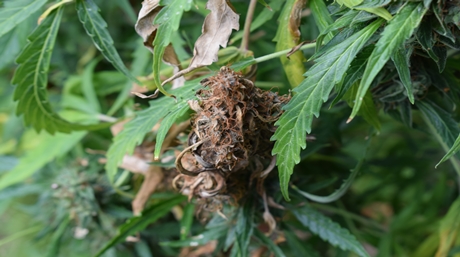
By now I m sure you have become an expert at checking your leaves and wiping them down with a mixture of apple cider vinegar at the first sign of a spore.
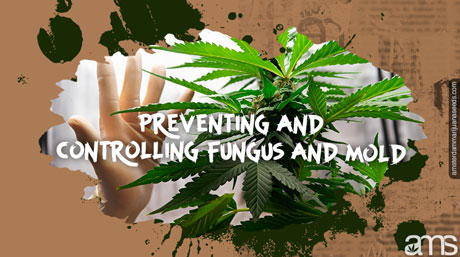
As a passionate cultivator of cannabis and an expert in the field, I’m eager to share my wealth of knowledge about one of the most critical aspects of cannabis growing – preventing and controlling fungus and mold.